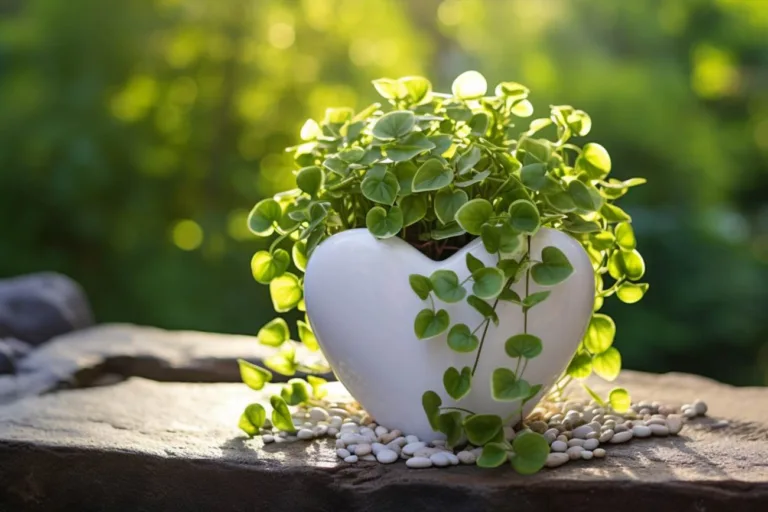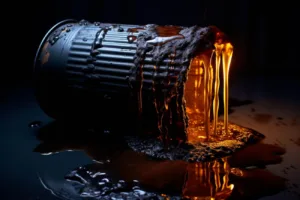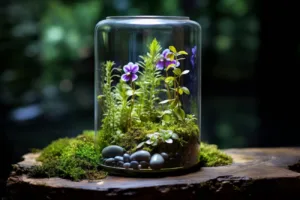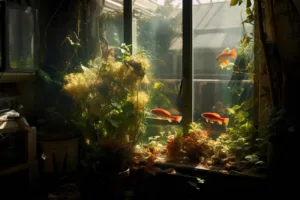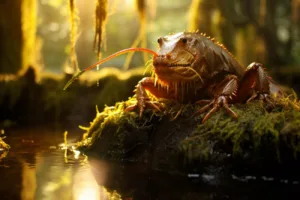Saururus cernuus, commonly known as bogbean, is a remarkable aquatic plant that thrives in wetlands and marshes. Its unique appearance and ecological significance make it a subject of interest for botanists, ecologists, and nature enthusiasts. In this article, we will delve into the world of Saururus cernuus, exploring its characteristics, habitat, ecological role, and more.
Characteristics of saururus cernuus
Saururus cernuus is a herbaceous perennial plant that belongs to the Saururaceae family. It is characterized by several distinctive features:
- The leaves of Saururus cernuus are heart-shaped and have serrated edges. They are typically dark green and grow alternately along the stem.
- The plant produces slender spikes of fragrant white flowers, which emerge in late spring or early summer. These blooms are a source of nectar for pollinators such as bees and butterflies.
- Bogbean’s stem can reach heights of up to three feet, providing vertical structure to wetland ecosystems.
- One of the most intriguing features of Saururus cernuus is its unique growth habit. The flowering spike bends downward, resembling a drooping tail, hence the species name „cernuus,” which means „nodding” or „drooping.”
Habitat and distribution
Bogbean is predominantly found in North America and parts of eastern Asia. It thrives in wetland habitats, including swamps, marshes, and the shallow edges of ponds and lakes. This plant’s ability to tolerate standing water and even grow partially submerged sets it apart as an aquatic gem.
It prefers acidic soils and is often found in areas with slow-moving or stagnant water. The availability of ample sunlight is essential for the growth and reproduction of Saururus cernuus, which is why it is commonly seen at the edges of water bodies.
Ecological significance
Saururus cernuus plays a vital role in wetland ecosystems, contributing to their overall health and biodiversity:
- Filtration of Water: Bogbean’s extensive root system helps filter and purify water by trapping sediments and absorbing nutrients. This action improves water quality and benefits other aquatic organisms.
- Habitat for Wildlife: The dense foliage of Saururus cernuus provides shelter and nesting sites for various wetland creatures, including birds, amphibians, and insects.
- Food Source: The nectar-rich flowers attract pollinators, while the plant’s seeds and leaves serve as a food source for waterfowl and herbivorous insects.
Cultivation and conservation
If you’re interested in cultivating Saururus cernuus in your garden or wetland restoration project, consider the following tips:
- Choose a suitable location with partial to full sunlight and consistently moist soil.
- Plant bogbean in a container or at the water’s edge to mimic its natural habitat.
- Regularly monitor water levels to ensure they do not submerge the plant completely.
- Due to its ecological importance, bogbean is a protected species in some regions. Always check local regulations before collecting or cultivating it.
Frequently Asked Questions
1. Is Saururus cernuus invasive?
No, Saururus cernuus is not considered an invasive species. It typically grows in its native wetland habitats and does not pose a significant threat to other plant species.
2. Can I use bogbean in my pond for water purification?
Yes, Saururus cernuus can be used in pond restoration projects to help improve water quality. Its root system effectively filters and cleanses the water, making it a valuable addition to aquatic environments.
3. What is the best time to plant bogbean?
The best time to plant Saururus cernuus is in early spring or late fall when the soil is moist and temperatures are moderate. This allows the plant to establish itself before the onset of extreme weather conditions.
4. Are there any specific pests or diseases that affect bogbean?
Bogbean is generally resistant to most pests and diseases. However, like many plants, it may be susceptible to fungal infections if grown in excessively wet conditions. Proper site selection and care can help prevent such issues.
5. Can I propagate bogbean from seeds or cuttings?
Yes, you can propagate Saururus cernuus from both seeds and cuttings. Collect seeds from mature plants or take stem cuttings and place them in a suitable growing medium. Ensure they receive adequate moisture and light for successful propagation.
By understanding the unique characteristics and ecological significance of Saururus cernuus, you can appreciate the vital role this aquatic plant plays in maintaining the health and diversity of wetland ecosystems.
Zobacz także:

